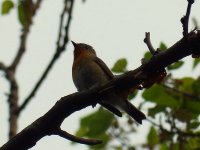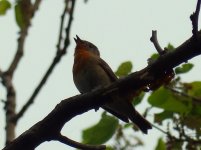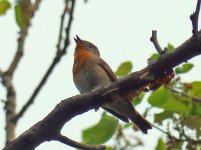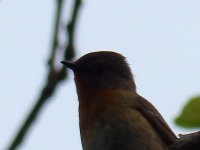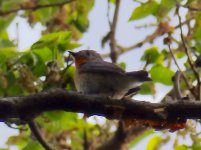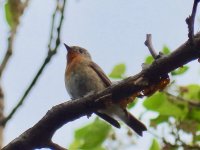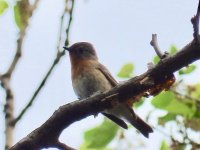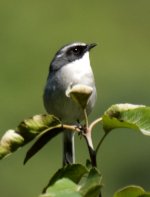Lancy Cheng
Well-known member
My field guide is out of date and I previously identified it as Taiga. Based on the orange area, I'd say it's a Red-breasted Flycatcher. Confirmation appreciated.
I found two checklists for the province of Liaoning. eBird only listed Taiga (https://ebird.org/barchart?r=CN-21&yr=all&m=) while Avibase only Red-breasted (https://avibase.bsc-eoc.org/checkli...lang=EN®ion=cnli&list=sibleymonroe&lang=EN).
Taiga and Red-breasted used to be treated as one species. My question is, were the historical birds in Liaoning Taiga or Red-breasted? Or, which one is the default species?
I found two checklists for the province of Liaoning. eBird only listed Taiga (https://ebird.org/barchart?r=CN-21&yr=all&m=) while Avibase only Red-breasted (https://avibase.bsc-eoc.org/checkli...lang=EN®ion=cnli&list=sibleymonroe&lang=EN).
Taiga and Red-breasted used to be treated as one species. My question is, were the historical birds in Liaoning Taiga or Red-breasted? Or, which one is the default species?




